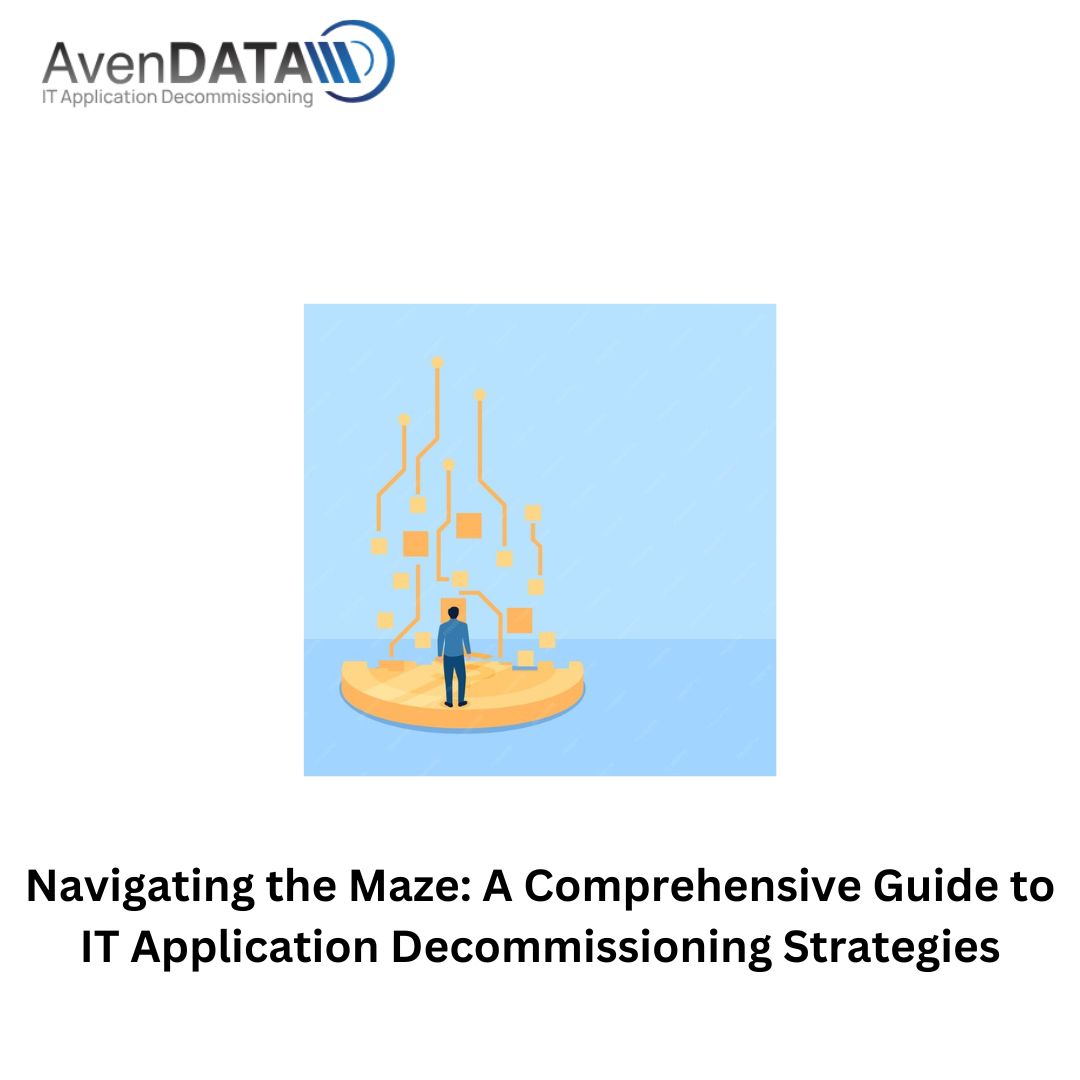In the ever-evolving landscape of IT, legacy systems pose a unique challenge. While once the backbone of operations, these aging applications now stand as barriers to innovation and efficiency. However, decommissioning them isn't as simple as flipping a switch. It requires a carefully crafted strategy, meticulous planning, and execution. In this comprehensive guide, we'll navigate through the maze of IT application decommissioning, offering insights and strategies to help organizations unlock their true potential.
Understanding the Maze: Why Decommission Legacy Systems?
Legacy systems, once the pinnacle of technological innovation, now hinder progress. They are often outdated, costly to maintain, and pose security risks. However, the decision to decommission them isn't solely about discarding old technology. It's about freeing up resources, reducing complexity, and paving the way for innovation. By understanding the motivations behind decommissioning, organizations can better navigate the maze ahead.
Mapping the Terrain: Assessing Your Legacy Landscape
Before embarking on the decommissioning journey, it's essential to map out your legacy landscape. This involves conducting a thorough assessment of existing systems, identifying dependencies, and evaluating risks. By gaining a clear understanding of the terrain, organizations can develop a roadmap that outlines the path to decommissioning success.
Choosing Your Path: Strategies for Decommissioning
Decommissioning a legacy system isn't a one-size-fits-all endeavor. Depending on factors such as system complexity, business requirements, and budget constraints, organizations may choose different strategies. Some common approaches include:
- Replacement: Replace the legacy system with a modern, off-the-shelf solution or a custom-built application tailored to your specific needs.
- Migration: Migrate data and functionality from the legacy system to a new platform, ensuring continuity of operations while phasing out the old system.
- Archiving: Archive historical data from the legacy system into a secure repository, allowing for compliance with regulatory requirements and reducing storage costs.
- Sunsetting: Gradually phase out the legacy system by disabling features and transitioning users to alternative solutions over time.
Plotting Your Course: Developing a Decommissioning Plan
With the terrain mapped and a strategy in place, the next step is to develop a detailed decommissioning plan. This plan should outline the timeline, resource requirements, and milestones for the decommissioning process. It should also include contingency measures to address any unforeseen challenges that may arise along the way. By having a well-defined plan, organizations can navigate the decommissioning maze with confidence and clarity.
Navigating the Challenges: Overcoming Roadblocks and Pitfalls
Like any journey, decommissioning legacy systems comes with its fair share of challenges. From resistance to change to technical complexities, organizations may encounter various roadblocks along the way. However, by proactively addressing these challenges and leveraging best practices, organizations can navigate the maze with resilience and determination.
Celebrating Success: Embracing the Future of IT
As the decommissioning journey comes to an end, it's essential to celebrate successes and reflect on lessons learned. By decommissioning legacy systems, organizations not only free up resources and streamline operations but also position themselves for future success. It's a testament to their ability to adapt, evolve, and embrace the ever-changing landscape of IT.
In conclusion, navigating the maze of IT application decommissioning requires careful planning, strategic thinking, and a willingness to embrace change. By understanding the motivations behind decommissioning, mapping out the terrain, choosing the right strategy, and developing a detailed plan, organizations can successfully navigate the maze and unlock their true potential. It's a journey filled with challenges and opportunities, but ultimately, it's a journey worth taking.






Comments